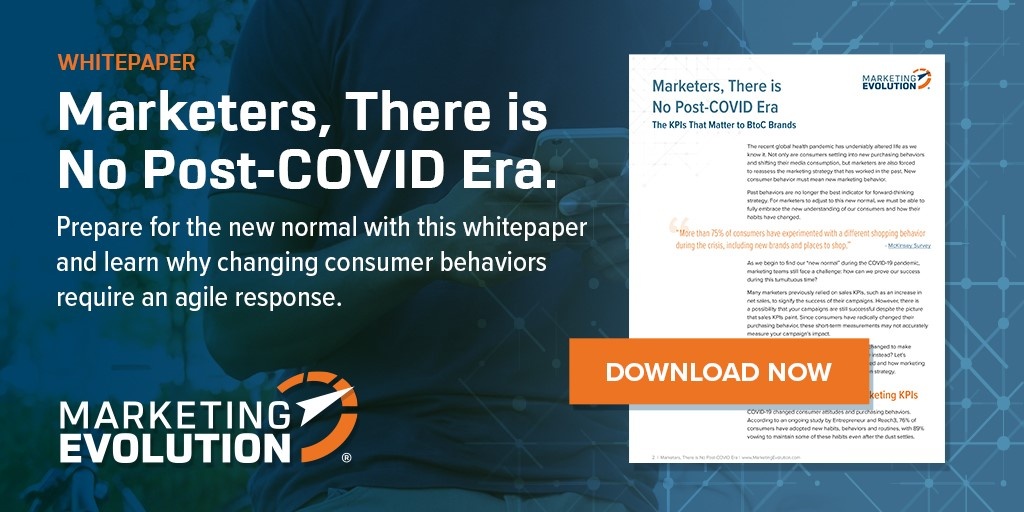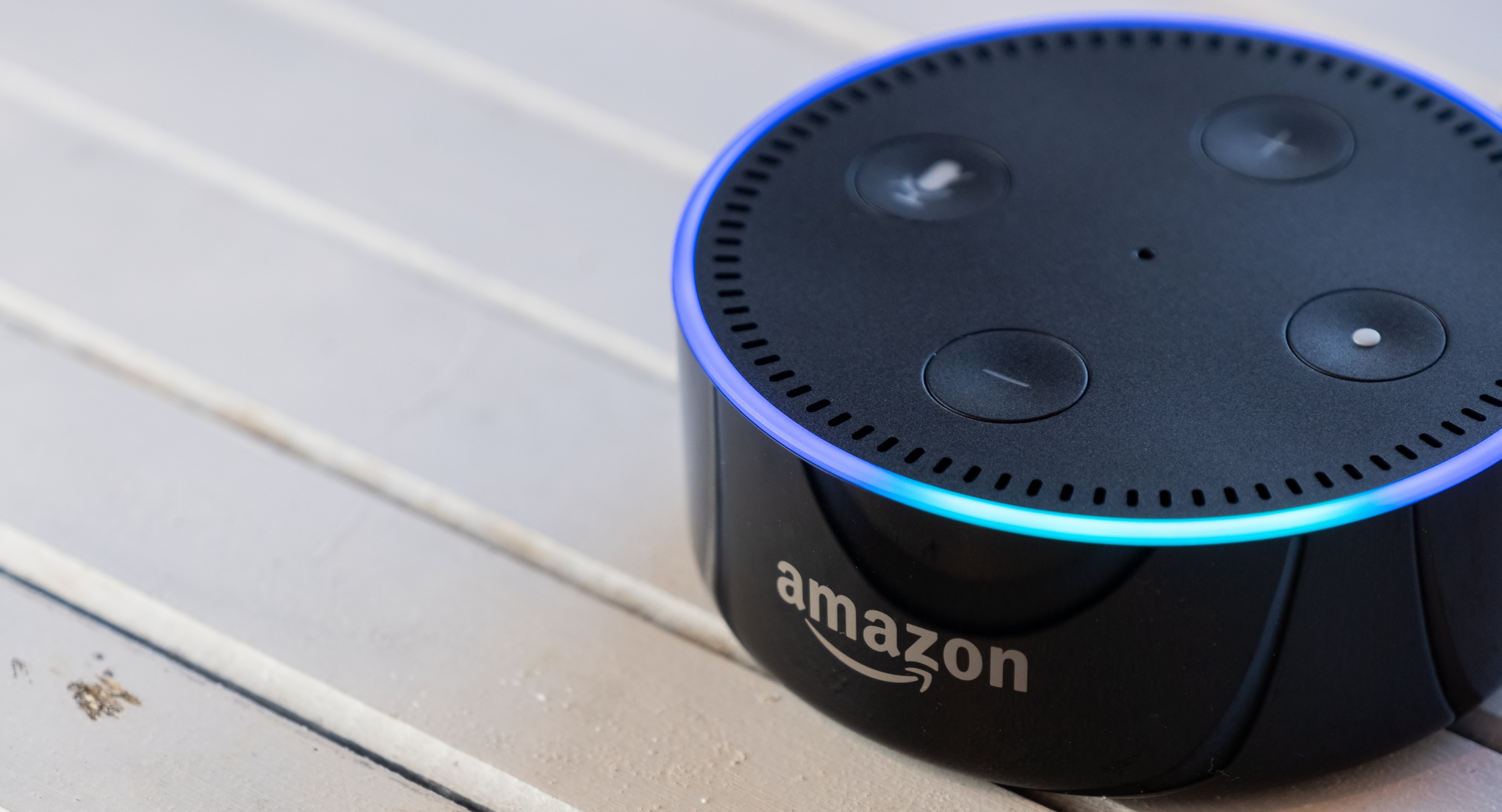Attribution Buyers Guide: Measuring the Power of Your Brand
Learn how Regions Bank Perfected their customer journey

We all know it can take a long time, a lot of money, and some very hard work to create a meaningful and memorable brand. In fact, consumers will pass over other options and oftentimes pay more for a well-known brand because the brand has a reputation for quality, consistency, and trust. Leading brands are more than just products – They have created memories with and positive feelings that people equate to quality. There is much evidence to suggest that this brand equity leads to consumer loyalty – and loyalty leads to lower marketing costs and higher sales. Most products are bought because of brand awareness and preference.
In this part of our ongoing Attribution Buyers Guide series we explore the ridiculous disconnect between many currently available tools and marketers’ need for brand tracking and to measure and grow their brand.
The Gap Between Branding and Response
Virtually every marketer spending over $10 million a year on advertising does so because they know that their brand matters. Yet, mix modeling and MTA vendors do a lousy job at measuring the connection between brand and behavior. A person-level analysis connecting brand equity to subsequent sales behaviors is necessary so marketers can properly value brand-building activities. In Gartner’s Total Marketing Measurement, they include measuring how the consumer feels as part of brand experience measurement. In Forrester’s Unified Measurement they encourage brand measurement. However, if vendors measure brand at all, it is only on a superficial indirect trend regression level.
What is needed is a direct person-level connection. The indirect measurement fails to capture the majority of the meaningful relationship between brand and behavior. This is frustrating to many marketers because they understand that an optimization that fails to directly connect brand and behavior will result in under-spending on many valuable brand-building activities.
The marketer should ensure that its platform is able to connect its CRM and sales data to brand perception to data at a person-level. This has been proven to result in a mix optimization that invests more in brand-building activities, and generates more sales and profits by the end of the first year of implementation.
We always suspected that brand advertising had an impact on the business in a measurable way, in new accounts, new credit card usage, bank account openings, and deposits. But, we never knew how much. We discovered brand has a significant business impact both in the short and long‑term….So there’s been a tying together of two pieces that have always been very separate in most companies.”
Mike Eichorst, Citibank
Why This Matters
If an optimization fails to directly connect brand and behavior, it will result in under-spending on many valuable “brand  building” activities because the mix and marketing attribution models miss the relationship. The cost to brands missing the connection of brand to sales can be significant. When comparing the implications of using the indirect approach versus the direct person-level measurement, a retailer could lose as much as 20% of their sales over a three-year period due to sub-optimal recommendations that under-value brand building activities.
building” activities because the mix and marketing attribution models miss the relationship. The cost to brands missing the connection of brand to sales can be significant. When comparing the implications of using the indirect approach versus the direct person-level measurement, a retailer could lose as much as 20% of their sales over a three-year period due to sub-optimal recommendations that under-value brand building activities.
What to Ask
- Are branding and sales linked at a person-level?
- How do you measure branding impact?
- Are you able to help us understand optimal creative based on where a person is in their buying cycle?
- Do you use experimental design (avoid flaw of correlation-based measurement discussed above)?
There’s a lot of noise in today’s marketplace and consumers are faced with a never-ending stream of information. But what they want is comfort, happiness, and satisfaction in their lives. Brands make it easier for customers to choose products and services more quickly – Giving them time to enjoy other things in life. When brands consistently deliver on their promise, consumer form an affinity with the brand which give them confidence and peace of mind. Those marketers who focus on creating this, with the tools they need to measure their progress, gain a significant competitive advantage in the marketplace – Reducing the impact of competitors and boosting the ROI of their marketing efforts.
In our opinion, brands will only become increasingly important in the marketplace. They are a refuge for customers looking to meet their needs with confidence and speed. Tools that fail to provide insight into this valuable component of the marketing mix may leave those who rely upon them at a disadvantage. In our next article, we’ll be sharing some thoughts on finding a comprehensive view into your entire marketing mix… an omni-channel perspective.



















